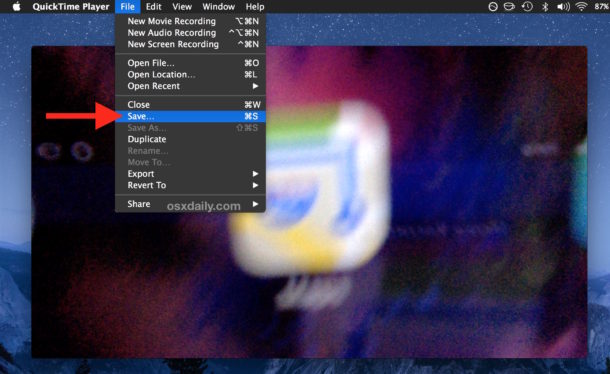
You will receive a command prompt telling you to close down all of your other applications, and you'll need to click continue. Click agree until you appear that the choose installation type window, and then select the custom option where it will give you the option to uninstall QuickTime. If that does not work and you are running QuickTime 5, QuickTime 3, QuickTime 4 or QuickTime 6 then you will need to open the QuickTime installer (if you don't have a copy of the installer then download a new copy). Then all you need to do is right click on the Trash and then click on the Empty Trash option to complete the uninstallation process. Locate the QuickTime icon and drag it into the Trash. You will then need to find the Applications icon which is located in the left hand column of the Finder icon window. If you want to uninstall QuickTime on a Mac you need to find and click the Finder icon in the Dock at the bottom of the screen. Steps of checking the version of QuickTime on Mac From there you will be able to type in 'update' and QuickTime Help will bring up a full list of instructions in order to guide you through the process. If you require help during any stage of this process (and you have QuickTime open) you can see instructions for performing tasks by choosing: Help > QuickTime Player Help. If so, all you have to do is follow the on-screen prompts and the newest version will be installed. Your Mac will then check to see if there are any updates pending for QuickTime. However, if you want to check for an update manually, choose: QuickTime Player > Update Existing Software. If you are connected to the internet and QuickTime is open, typically you will be notified that a newer version of QuickTime is available by your Mac and you will then be prompted to start the download.

These can be downloaded (assuming you are connected to the internet).
#How to open quicktime player on a mac how to#
How to update to the latest version of QuickTime on Macįrom time to time Apple releases newer versions of QuickTime.


 0 kommentar(er)
0 kommentar(er)
